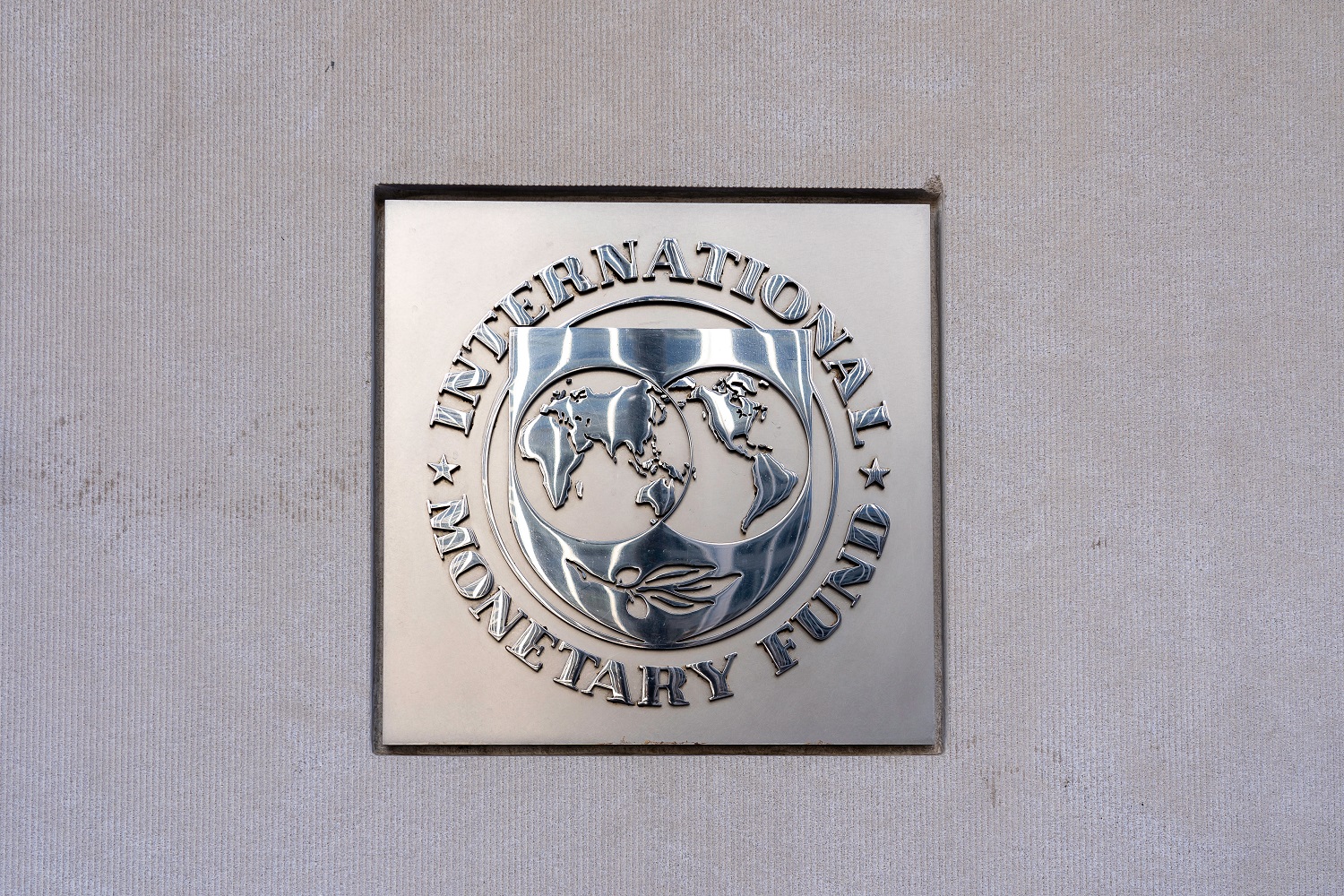Recommended
The IMF deserves credit for the recent establishment of the Resilience and Sustainability Trust (RST), a new fund to provide affordable long-term financing by the IMF to support countries as they tackle structural challenges. It is a bold step—and to some a controversial one. When funding is in place, the IMF’s toolkit will include longer-term lending to support the efforts of low- and middle-income countries in addressing climate change as well as pandemic preparedness. As such, the creation of the RST provides an important signal of the urgency of addressing these challenges. And the RST has the potential to harness and help coordinate far greater financial resources and global expertise to these ends.
Key features of the RST—as set out in a lengthy IMF paper—are summarized in a 5-page note here.
The immediate challenge is to mobilize sufficient financing—chiefly through the recycling of SDRs—to allow the RST to begin operations and to implement it in a way that makes it attractive to borrowing countries.
Against this background we focus here on the implications of the RST’s financial structure for contributors and borrowers. In later commentaries we will look at other aspects of the RST, including possible loan conditions and the connections with other international financial institutions.
The RST’s financial structure has been crafted to make it as attractive as possible for richer countries to recycle some of their abundant SDRs.
- The reserve asset qualities of SDRs lent through the RST will be fully preserved. Despite the 20-year maturity of these loans, their liquidity will be assured as all lenders are required to support an encashment regime—a tool to ensure that rich country central banks can reclaim SDRs if needed.
- Credit risks are addressed by policies—including the requirement that RST users have a concurrent upper credit tranche (UCT) IMF program—and by a strong reserve buffer.
- Contributors will earn interest on SDRs lent to the RST at a rate equal to that if they just held onto their SDRs.
- The financial design does not require contributors to provide large grants to fund the RST’s reserve buffer (unlike the Poverty Reduction and Growth Trust (PRGT)). Instead, reserves will be built up mainly from an interest-rate spread over the SDR rate (or margin, in IMF parlance) that borrowers will pay. Taking advantage of the more than 10-year grace period of RST loans, adequate reserves will accumulate before RST debts fall due. An additional costless reserve buffer will be provided by interest-earning SDR deposits from contributions that are invested to provide income.
- There will be no interest subsidies (see below), so there is no need to build a subsidy account, as is done in the PRGT.
With this architecture, the RST is a good deal for contributors, a nearly costless means to support other countries and deliver on a global public good. IMF fundraisers should be pushing on an open door in developed countries.
The decision not to subsidize interest rates keeps the cost of operating the RST low but shifts some burden to borrowers:
- The RST has a tiered interest-rate structure, but even the most vulnerable low-income country (LIC) borrowers would now pay about 1 percent on RST loans. By contrast the PRGT lending rate is currently zero. As noted above the interest-rate structure provides for a buildup of a reserve buffer.
- At current interest rates, RST borrowing for low-income countries will be more concessional than PRGT loans. This is because the loan matures over 20 years (versus 10 years for the PRGT) and has a grace period of 10 years before debt service begins (versus 5 years for the PRGT).
- RST interest rates could rise sharply as global interest rates increase. An interest-rate cap of 2.25 percent would be needed to ensure that the concessional nature of RST borrowing for the most vulnerable LICs equates to that of the PRGT. The IMF recognizes this problem but the decision on a cap is left to future deliberation by the IMF Board and RST contributors.
- There are two ways to decrease interest rates on RST loans and shift the incidence of costs. These actions could be taken immediately.
- The reserve account could be bolstered by not requiring the RST to reimburse the IMF’s General Resources Account (GRA) for its administrative costs. This is what has been done for the PRGT. In the IMF’s baseline scenario for the RST, these annual costs (SDR 25 million) equate to most of the income from the margin of 55 basis points that the most vulnerable LICs would pay and approximate to the expected annual income of the from the investments of the deposit account).
- Contributors could also help directly by capping interest rates they would receive on lending to LIC borrowers (as some now do in the PRGT).
All borrowers will therefore pay some interest on RST loans and thus bear some of the costs of operating the facility, though there is scope to limit this burden.
The attractiveness of the RST for borrowers depends in part on the amount of financing they could access. The IMF’s initial call for financing (US$45 billion) is modest in relation to possible needs.
- The RST’s complex financial structure implies that US$45 billion of RST contributions would only yield US$31 billion in lending to RST users. The difference reflects the buffer for encashment, which would not be lent, and deposits supporting the reserve buffer.
- To put this another way, each SDR lent to the RST “leverages” only about 0.7 SDR. This contrasts with MDBs leveraging 4-5 times their capital into loans to client countries.
- In the IMF’s baseline scenario, total RST loans would comprise only about 14.5 percent of the total quota of RST-eligible countries. The IMF assumes that less than half of the 143 eligible countries will draw on the RST and large country access is sharply constrained. For a rough comparison, total lending commitments under the PRGT currently amount to about 120 percent of the combined quota of PRGT-eligible countries, although the PRGT-eligible countries do not include large economies like China and India.
- But the financial structure is easily scalable—should demand exceed this relatively conservative scenario, higher lending using the existing financial architecture would generate a corresponding increase in financial buffers.
Contributors should stand ready to provide additional financing beyond the US$45 billion initially requested by the IMF if—as hoped—the demand from RST-eligible countries materializes.
Overall, how aligned will the RST be to the preferences and needs of potential borrowers? The clever financial engineering of the RST affects them in several ways:
- The need for an accompanying Fund-support program may deter countries from drawing on the RST. While so-called precautionary or non-disbursing programs, like the Policy Support Instrument qualify, any program with the IMF requires negotiating of macroeconomic and structural benchmarks (unrelated to climate or pandemics) and monitoring over the life of the program.
- Loans under the RST are limited to 150 percent of quota or SDR 1 billion, whichever is smaller. This would not be enough to address the transition crisis many countries confront (and in the IMF’s baseline scenario access is rationed to below this level). Whether it is enough to mobilize other resources from the public and private sector has yet to be seen.
- While RST loans will have a maturity of 20 years, RST programs will have a much shorter duration. Disbursements under the RST can only take place during the life of concurrent UCT program—typically three years. While the programs could be extended, this is still likely to mean that their duration is limited to a few years.
- As noted above, RST interest rates will be positive for all countries. To access RST loans, it must be shown that the country’s debt is sustainable. But with growing debt burdens and increasing interest rates, this may be a problem in the future. Out of the 143 RST-eligible countries, 7 are currently in debt distress and an additional 30 countries are considered at high risk of debt distress and 24 at moderate risk.
Key to making the RST an appealing option to borrowing countries will be how the UCT programs and RST programs are constructed. What conditions will be attached? How will MDBs, other donors, and the private sector be brought in to supplement the IMF’s financing? Over the course of the summer, while financing for the RST is being mobilized, the IMF staff will be writing guidance notes to help mission chiefs make these decisions. We will continue to blog on the RST with our suggestions—stay tuned.
Disclaimer
CGD blog posts reflect the views of the authors, drawing on prior research and experience in their areas of expertise. CGD is a nonpartisan, independent organization and does not take institutional positions.
Image credit for social media/web: World Bank Photo Collection






